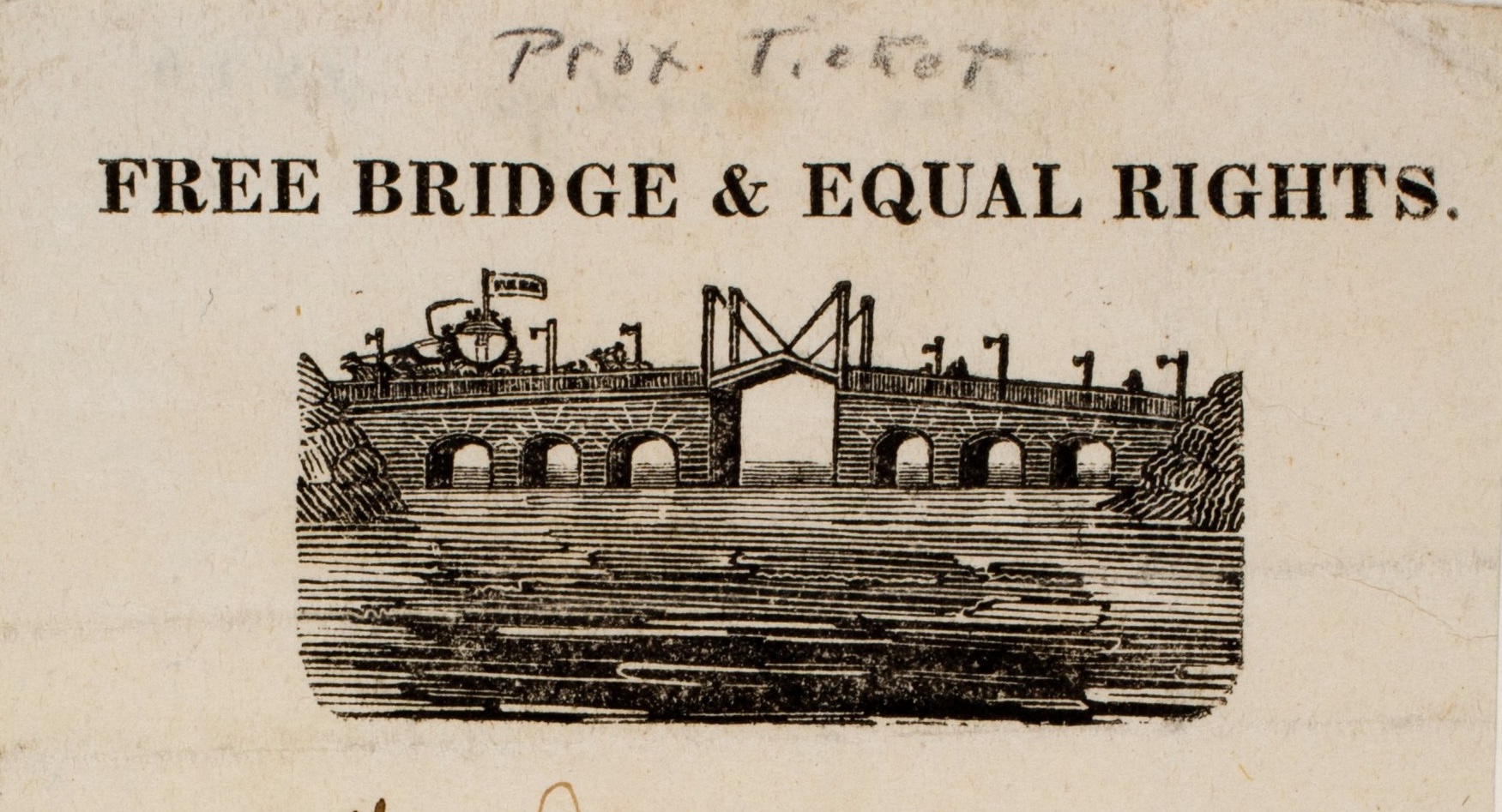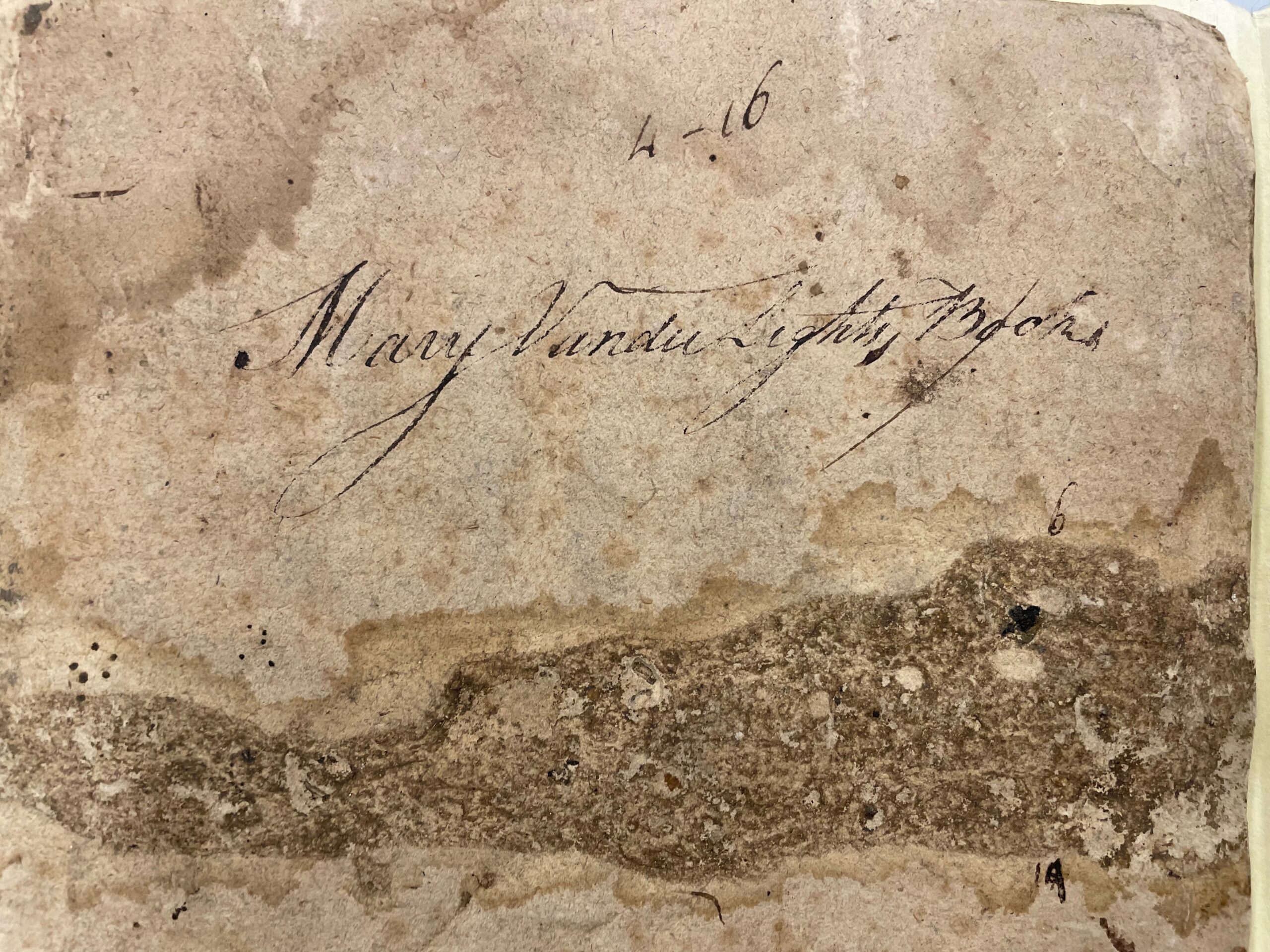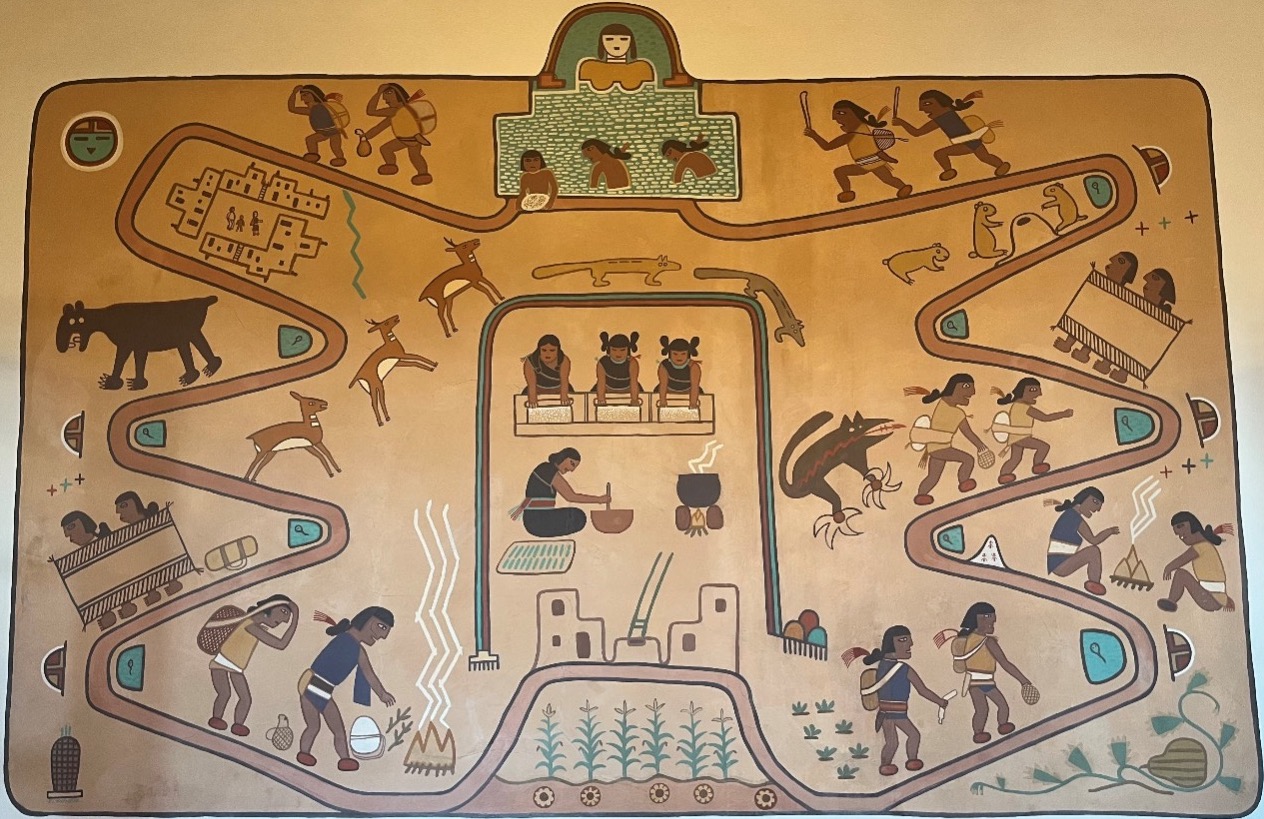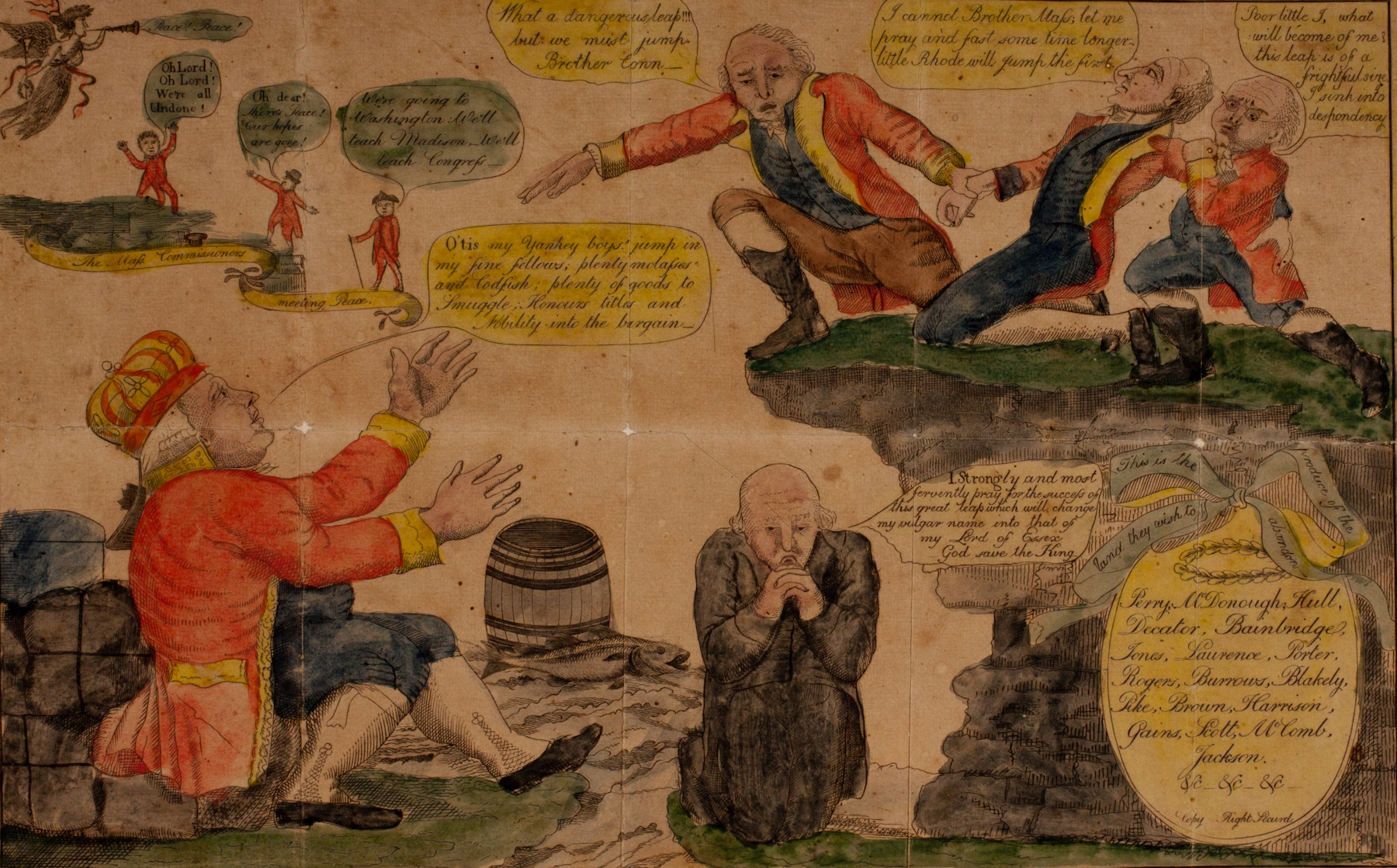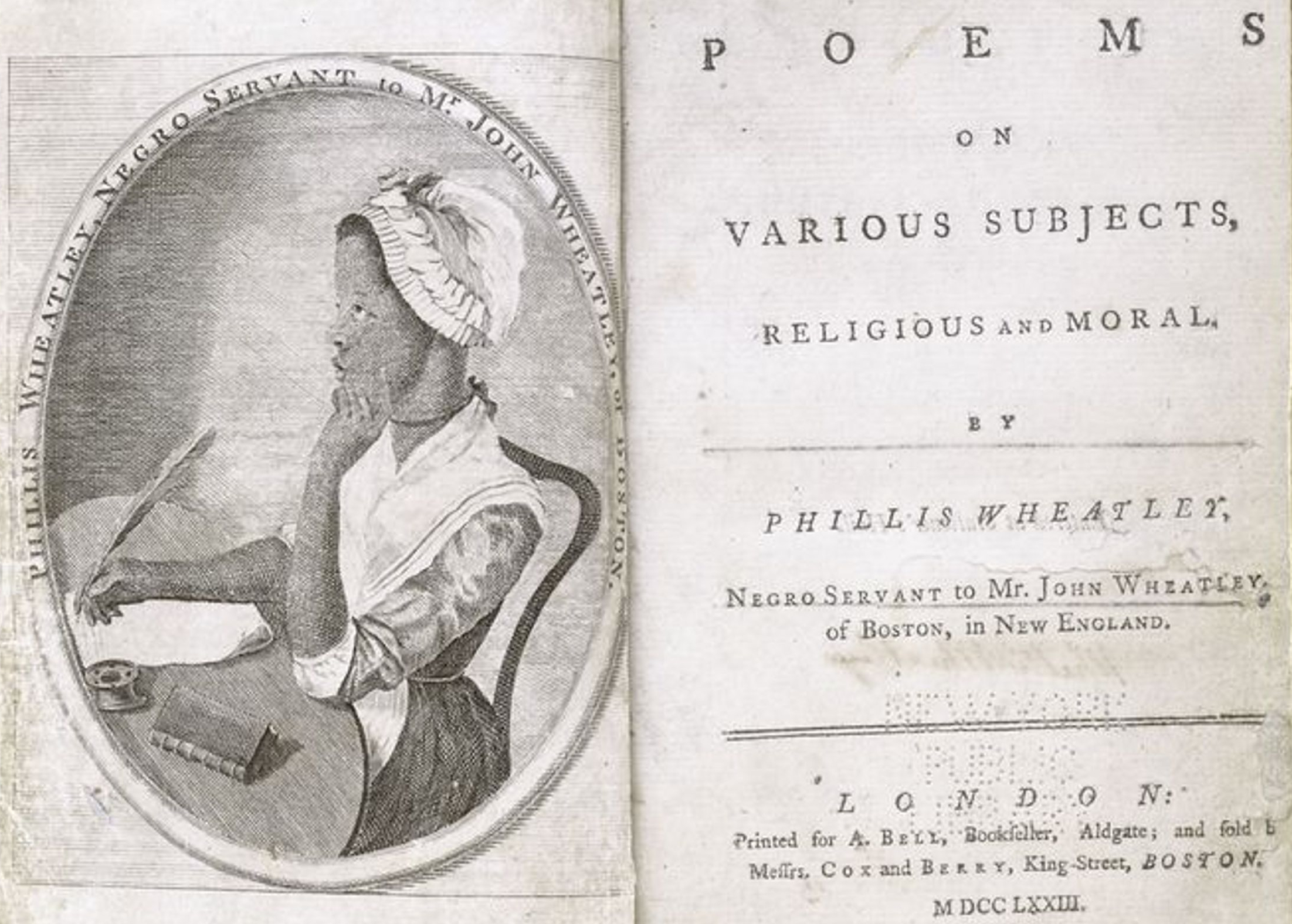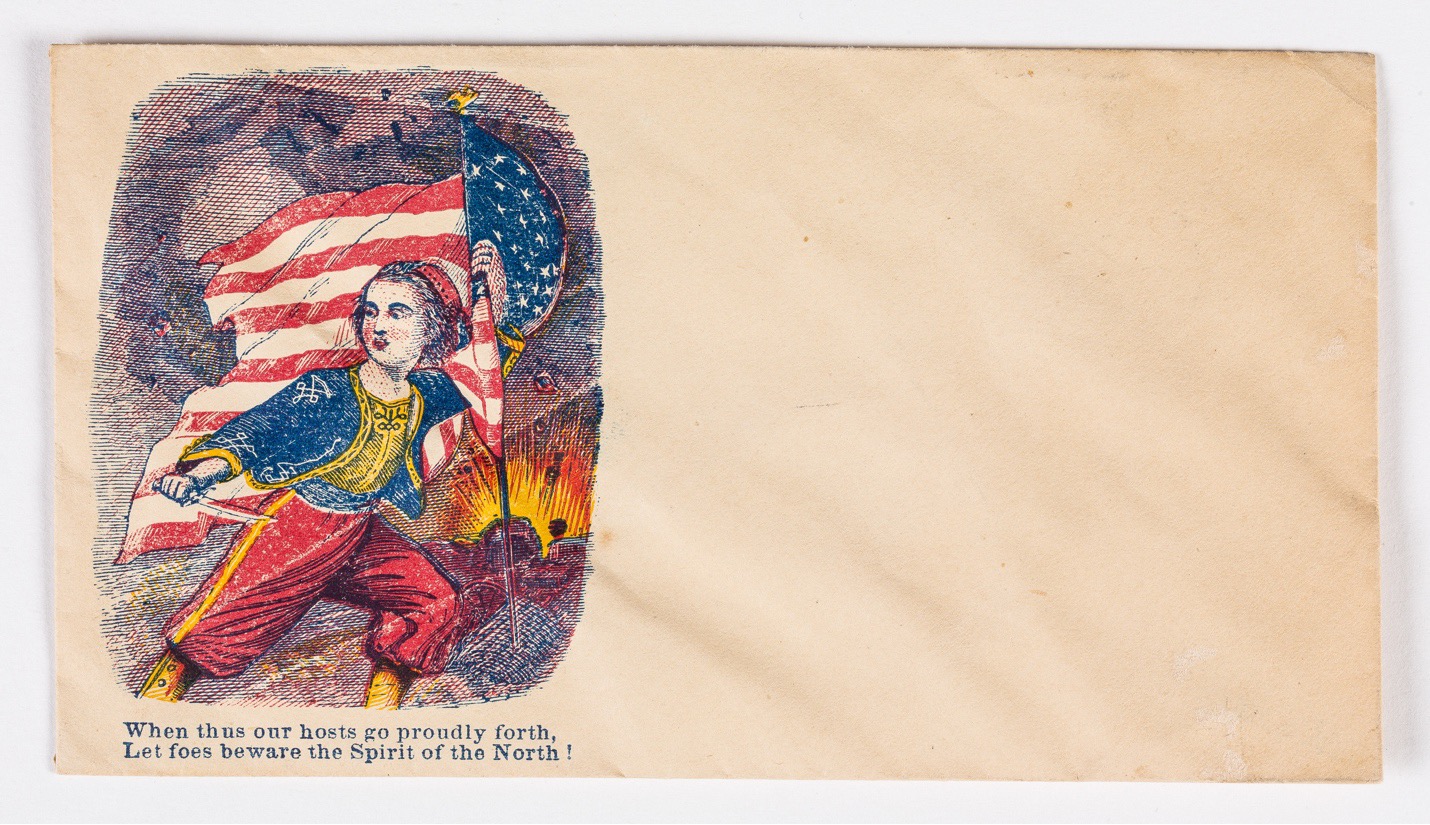The French view of themselves and the world
By the time gold was discovered in California in the middle of the nineteenth century, gold had been a human obsession for five thousand years. From the ancient civilizations of Egypt and Mesopotamia through the Roman Empire, gold had been a symbol of wealth and the standard of currencies. The Columbian voyages at the opening of the sixteenth century ushered in a new chapter in the search for gold. The Spanish conquest and subsequent destruction of the Aztec and Incan empires produced an outpouring of gold from the New World that astonished the Old. This gold production led to endless expeditions of discovery and conquest, all in search of the legendary city of gold known as El Dorado. For five hundred years, the name would survive as a symbol of the unrelenting European quest for gold.
Through the seventeenth and eighteenth centuries, the gold flowing out of the South American mines continued to dominate world production. But as the nineteenth century unfolded, the locus of world gold production shifted. Russia now became the leading producer, and by 1847 it was the source of about three-fifths of the annual output of the world’s gold mines.
All this changed again with the California gold discoveries. From January 1848 to 1860, the streams flowing out of the Sierra Nevada produced a flood of gold. And, in hopes of sharing in these bonanzas, peoples from all over the world poured into California—almost one hundred thousand in 1849, some two hundred and fifty thousand by 1855. But the impact of California gold around the world involved much more than the mass migration it spurred. From San Francisco to China, from Australia to Western Europe, the social, economic, and political effects of California gold were profound. Among European nations, the impact in France and on the French was perhaps the most profound.
France began 1848 with a violent revolution that gave rise to the country’s second experiment in republican government. The course of that revolution was closely tied to the discovery of gold in California. As opportunists from the Pacific coastal regions—Sonora, Oregon, Hawaii—converged on the gold-bearing streams of the Sierra Nevada, the newly created French Republic struggled with divisive factionalism, street demonstrations, and ultimately a violent urban insurgency. In four days in June 1848, the city of Paris was convulsed by clashes large and small, pitting various liberal anti-government factions against units of the regular army, many brought into the city from the more conservative countryside. When the physical confrontations ended—or rather died away—the cost was staggering. Some twelve thousand had died; another twelve thousand were wounded (no one knew exactly how many). From this catastrophe, the Second Republic stumbled forward in search of a stable government, internal calm, and a revived economy.
Amidst this upheaval came the news of the California gold discoveries. In response to the rumors of gold nuggets available to anyone who could bend over and pick them up, the French focused for the first time since the War for Independence on the United States—now a distant sister republic. Heretofore, America had been an ungrateful petitioner, unmindful of and indifferent to the crucial French alliance of 1778. As America expanded in area and population, the French came to admire its energy and entrepreneurial spirit, while disdaining its crude manners, bad food, and indifferent dress; it was a place altogether too democratic for comfort. As the century advanced, the United States drew English and French travelers, fascinated by its novel institutions and peculiar democratic culture. Alexis de Tocqueville was the most prominent but far from the only Frenchman who had visited the United States and written about this strange and different place. Now it took on an even stranger, more alluring quality.
Within two weeks of news of the gold discoveries half a world distant, one commentator noted the special nature of the commercial opportunities opening up to France. Consider the character of the mines and mining enterprise, he wrote. They sustain “an immense population that consumes but that produces nothing.” Thus, “the greatest chance for success is for France.” Instead of carrying to California “the gold hunters, she should carry on her lines a mass of manufactured products. It is not men who ought to be conveyed to California, it is things; it is not explorers, but traders and the products of our industries.”
Benjamin Delessert wrote in the same vein for the Revue des Deux Mondes. “If the reports which we have of this country are confirmed, the colonization of this rich country by a race as intelligent and entrepreneurial as the Anglo-Saxon race has a great influence on the future destiny of the world and of our commerce. Without a doubt, the Americans can exploit by their ordinary activity the hidden riches in this country which conceals so much treasure.” In short order, “the treasures of California, that the Spanish left so long unexploited, the American race will exploit, and this is a good thing for our old Europe. She will exchange her products of the soil of California against the products of our manufacturers and of our fabriques. This will be a big advance over the aristocratic Russians.” For “the adventurous citizens of the US will rapidly disperse the gold which they have gathered so easily in California, and one can say that it is a veritable gift of Providence that the riches of California have fallen into the hands of the Americans.” These riches could then be acquired through aggressive trade by the French.
One observer offered specific advice on how to respond to this trading opportunity: “I am persuaded that without going to Eldorado, one can do a great business in this country, and that a ship of 400 to 500 tons, loaded one half with wines from Bordeaux, Champagne, Madeira, Tenereiffe; then the other half, clothes, ready-made wear, but principally for the working class, such as chimises, pants, shirts, boots, as well as foodstuffs, tools to work the earth, kitchen ware, ordinary furniture for all the houses that are under construction, strong boxes for the gold that is amassed, and which would go directly from France to California.” Here and elsewhere, the French viewed California in a colonial framework, a source of raw materials but without the capability of providing finished goods for its rapidly growing population.
In addition to commerce, there was the question of empire. In the middle of the nineteenth century, the French were already mindful of the significance of imperial expansion. After various trials, they had at last subdued their first imperial possession in Algeria, and they were now moving to fill this place with colonists and investment. Many of the first colonists turned out to be the insurgents of 1848, convicted and sentenced to deportation. Yet the model of the British Empire suggested that colonies were the future for European nations who hoped to compete on a worldwide scale.
Even before the confirmation of the gold discoveries—or simultaneously with the confirmation—the French began to think about the significance of California as an American possession. Acquired at the close of the war with Mexico under the terms of the Treaty of Guadalupe Hidalgo, signed in February 1848, California (gold aside) was an imperial possession of the greatest importance. Facing the Pacific Ocean to the west, it represented a final piece in America’s new continental empire. Consider the observations of Benjamin Delessert on the occasion of the California gold discoveries: “What an imposing and extraordinary spectacle offers us the constant and rapid progress of this powerful America which, each year, extends her arms farther?” he wrote. “Within the last three years, the territory of the United States has been doubled by the annexation of the Republic of Texas, the conquests from the war against Mexico, and the acquisition of a large part of the northern coast of the Pacific Ocean by treaty with Great Britain. Today Congress discusses buying Cuba from the Spanish.” Delessert continued, “What are thus the limits of this always growing ambition? Where will cease this continual need to grow? Mistress of five hundred leagues of coast on the Pacific Ocean, this strength that nothing can make fall back, goes without doubt to found a new empire.” He went on to suggest that the “immense future is reserved for the nation” with a powerful presence on the Pacific Ocean. “There is there a new world to exploit, to civilize, and to enrich, and, while old Europe debates and wears itself out in the sterile struggles against barbarism which one would wish to revive, the genius American marches with great strides to the peaceful conquest of this new world.”
For the French, the American presence resonated with their own imperial experiences. In the words of the Journal des Debats, a newspaper with official connections, the seizure of California by “the anglo-saxon race” with the intention of colonizing, administering, and making flourish “a vast country which the last year was almost deserted” was a “most interesting spectacle.” And now this heretofore largely deserted landmass with the outlet to the Pacific “had attracted an immense crowd of adventurers gathered from all points of the globe.” The editor continued, “It is a subject filled with insights for France, which tries also a grand work of colonization and which has for eighteen years been mistress of one of the most beautiful countries in the world.” The reference to Algeria, France’s colonial possession conquered in 1830, suggested that the French were still trying to develop an imperial policy. But the common denominator was clear. Like the French in Algeria, the Americans were a superior race replacing an inferior race in the settlement and exploitation of a natural setting of great richness and beauty.
A commentator wrote of the parallels: “In California we see the Anglo-Saxon race as colonizer, administrator, to render flourishing a vast country that last year was a desert.” France had to learn how to govern its new colony, to institute “a rule of law, to maintain order and liberty in the midst of a population which elements are, in the majority, also dissolute and vicious as the population which pours today into the golden sands of the San Joaquin and of the Sacramento.” As for the Mexicans, they were embarrassed to see a portion of that population now living “under American law, ashamed to have been seen to cede almost without a struggle a country where the activity of a superior race has found the treasure for so long time resting unexploited.”
In addition to American growth and physical expansion, another dimension of the California gold discoveries that immediately engaged the French was the role of her citizens in the exploitation of natural resources. Behind wars and treaties came America’s citizens. One of the extraordinary qualities of the nation on exhibit in California was the American capacity as colonizers. The Americans moved aggressively and with great speed. When the news of the gold discoveries became known, many Americans left for the gold fields, including soldiers and their officers, government officials, farmers and merchants, ship captains and ordinary sailors. This rapid response was an essential part of the national character, what one French newspaper called “the spirit of the nation.” And in the vacuum left by their departure, women and children carried on the work and guarded the houses.
The Americans could do more than simply move rapidly. After two hundred and fifty years of experience, they knew how to open up the resources of the land. Indeed, it was “the traits of the Americans that make them so successful in exploiting lands.” Thus, the Americans were the ideal national group to exploit the gold discoveries: “By one of those admirable secrets which suddenly come to modify and to rule the destinies of nations, Providence, has wished that this country, a treasure unexploited and lost between the hands of the indolent Mexicans, passes suddenly into those of the hard working and indefatigable Yankees.” In this old Spanish possession, “the river of gold, un Pactole [a rich gold mine] on which one does not know either the depth nor the limits, is the first fruit of the conquest.” Will this land remain the same? No, it will change as rapidly as the prairies and forests of Indiana and Illinois. “A population ardent, active, and adventurous flocks together from all parts.” Already the new possession feels the force of American presence. The Americans are a force to be reckoned with. “And what a force!”
This energy and confidence in acquiring new lands and opening up the old led to rapid national growth in the economy and transportation systems. A balance sheet of American progress in these areas from the inauguration of its first president to midcentury (1851) showed this physical achievement. The growth in the physical size of the nation was astonishing, paralleled by its increase in population. At a time when French population was stable or even falling, America’s growth was remarkable. In 1850 alone, the American population increased by one million. By the middle of the century, the Americans had built more than ten thousand miles of railroads and fifteen thousand miles of telegraph lines. Their steamboat fleet was far larger than the French. Their public library system was unique in the Western world. The conclusion: “It has not been given to any other people to march in a step as rapid and to make also in such little time conquests also important for civilization and for the perfection intellectual and material of men.”
Finally, there were issues of monetary policy. France was a leading nation of Europe. It had a valued and widely accepted circulating currency. It had large gold reserves in the Bank of France. The immediate concern was the price of gold. What would be the result of the outpouring of the precious metal from California? The Revolution of 1848 had produced uncertain financial conditions across France: businesses closed, government bonds plunged in value, and the Paris Stock Exchange temporarily closed. In response, the price of gold had risen steadily. With the confirmation of news of the California gold discoveries, the price of gold began to fall. As one newspaper noted, “the news from California and gold which begins to arrive in Europe from this distant Eldorado has contributed much to [falling gold prices].” By the beginning of March, “California gold has already led to the fall of the price of gold in Paris. One has rarely seen gold at a price so low.”
With the decline in the price of gold, the issue was now its impact. In the words of the Journal des Debats, “[T]his change in the relative value of gold, this depreciation of all precious metals, will this be good or bad?” Awaiting the long-term impact on financial markets, observers noted immediate tangible results. “Seriously, however, one effect must inevitably follow from any great influx of this metal, namely, a rise in the price of all commodities, as compared with the gold standard, and where that rise would stop, he must be a bold man who would venture to predict. We have already seen this result take place in California itself.” But the influence in two areas was clear: “Annuities will fall in value; investments in real property will increase two or three times.”
Michel Chevalier, an observer of monetary policy, wrote a series of articles, the first dated September 1849, under the title “The California Gold Mines.” Published over nine months, these essays analyzed the potential influence of California gold on the French economy and French monetary policy. After a lengthy review of the history of gold, Chevalier asked whether the discoveries in California would mark a dramatic change or simply a continuation of the periodic discovery of new sources, which had been the case over the millennia. He concluded that much would depend on the extent of the California gold fields and the richness of the ore bodies. Would the production in California continue to rise dramatically, as it had over the first two years, or would the harvest of gold level off and then begin to decline?
One important difference was already significant: miners from all over the world, including major contingents from England and France, had joined the Anglo-Americans in harvesting the gold from California’s mountain streams. This made the California gold rush unique in the history of gold mining. Heretofore, the gold had belonged to the imperial authority that controlled the landscape, whether Roman, Spanish, or Russian. Now the gold was being parceled out among representatives of a score of nations. And what a remarkable change that was, making the California gold experience something new, driven by several different national groups, and accordingly, making any predictions about economic impact that much more difficult. One thing was obvious, though. The California gold discoveries would profoundly threaten Russia’s dominance of world gold production. Chevalier thought this was a good thing because it was done by prospectors free to claim the fruits of their labors. For in the end, Chevalier wrote, the richest nation was not the nation with the most gold; it was the nation in which the workers harvested by their labor food, clothing, and shelter—the ongoing needs of a civilized people. From this perspective, the California gold harvest was an important advance in the condition of humanity.
In late December 1850, the French monetary world confronted a crisis brought on by rumors. The crisis began when an English paper reported that France would go off the gold standard. London was an important financial center; rumors coming from London, however fragile, thus demanded serious consideration. For a month, French newspapers gave extended coverage to the question. Repeated denials by government officials eventually took hold. France would maintain a bimetallic system, balancing gold and silver. The last central question about the impact of gold on France’s monetary system had been asked and answered.
In the final analysis, the French bimetallic system was strong enough to absorb the impact of the California gold discoveries. The French economy, especially the port towns, benefited from the commercial opportunities connected with the emigration of French forty-niners to California and the export of commodities, clothing, and manufactured goods to this thriving market half way around the world. The influence on ordinary citizens remained uncertain. The sheets on the walls of Paris and other large cities advertising expeditions to California attracted much attention and some participation, among those who could afford the trip. Yet, the issue resonated with working people in ways that were both ideological and practical. These twin themes emerged in an advertisement for a French company that would go to California in search of gold. It read, in part: “People of France, you suffer because gold, that principal stimulant of nations, does not circulate in your veins, because it rests and stops in the hands of some privileged people who refuse to offer it for your work and your sweat.” The object of this exercise, and by implication for all interested in the well-being of the citizens of the Republic, was “to make gold circulate from the heart to all the extremities of the social body.”
Although many of good heart and good will struggled “to circulate” economic advantage to all citizens of the Second French Republic, they did not succeed. The political divisions and the growing strength of those who favored “order” at the expense of “liberty” doomed them to failure. But the California gold discoveries brought a new element into French life, an exhilarating breath from a sister republic across the sea, a new kind of nation, expansive and enriched by gold. The opportunities associated with the gold rush touched many aspects of French life, official and unofficial. They provided a forum within which to debate many of the important economic and social questions of the day. But the transformations gold brought to California ultimately eluded France. Four years after the first discoveries in John Sutter’s mill race, California was a state with two hundred and fifty thousand citizens, producing $60 million in gold annually. Four years after the first tremors of revolution, the Second Republic had become another historical relic. Frenchmen and Frenchwomen had become the subjects of a new emperor, Louis Napoleon Bonaparte, now Napoleon III.
Further Reading:
On the history of gold through the ages, see Brian Kettell, Gold (Cambridge, 1982) and Timothy Green, The World of Gold Today (New York, 1973). The standard accounts of the California gold rush from the American perspective are Rodman W. Paul, California Gold (Lincoln, Neb., 1947), James S. Holliday, The World Rushed In (New York, 1981), and Malcolm Rohrbough, Days of Gold (Berkeley,1997). The best descriptions from the French perspective are Annick Foucrier, Le reve californien (Paris, 1999), Liliane Créte, La vie quotidienne en Californie au temps de la ruee vers l’or (1848-1856) (Paris, 1982), and Michel LeBris, La fièvre d’or (Paris, 1988). An important contemporaneous account is Benjamin Delessert, “Les Mines d’Or de la Californie,” Revue des Deux Mondes (Paris, 1849): 468-84. Among the most important French newspapers are Pilote de la Somme (Abbeville), Memorial Bordelais (Bordeaux), National Boulonnais (Boulogne), Ocean (Brest), Journal du Havre, and Courrier de Nantes. Four Paris newspapers are also crucial in tracing official French reactions: Constitutionnel, Gazette de France, Journal des Debats, and Siecle.
Acknowledgement: The author wishes to express his appreciation for a residential fellowship from the Camargo Foundation in Cassis, France.
This article originally appeared in issue 6.3 (April, 2006).
Malcolm Rohrbough, professor of history at the University of Iowa, is the author of Days of Gold: The California Gold Rush and the American Nation (1997).








